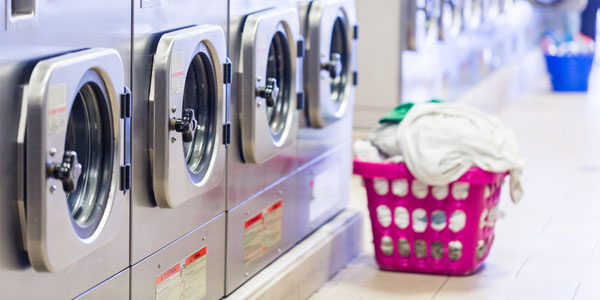Later this month, Kline & Company will publish its 2nd edition of Laundry Chemical Products. This report includes findings and insights from more than 500 structured surveys with decision makers at end-use segments, such as commercial laundries, hospitals, extended-care facilities, lodging establishments, prisons and jails, small on-premise laundries (OPLs), major OPLs, and shirt laundries.
Commercial laundries lead the overall laundry chemicals market with a 27.1% share of the total market. Growth in laundry chemical spending for this end-use segment is high because more and more establishments and institutions are outsourcing some or all of their laundry to commercial laundries as a cost-saving measure.
Lodging establishments are the second-largest end-use segment with a 17.9% share of sales. Most lodging establishments have some form of food service, thus giving them two broad categories of laundry to process from both the food service area and guest rooms. This may require much different combinations of laundry chemicals. However, growth of laundry chemicals to lodging establishments is expected to slow in the near term because of the slow but steady shift of laundry away from OPLs to commercial laundries, along with the impact of Airbnb and other informal, residential-based lodging for tourists. While many lodging facilities have their own OPLs, some new hotel construction omit OPL facilities entirely and outsource all laundry.
Extended-care facilities are the third leading end-use segment with a share of 16.8% of the market. Growth in this user group is at a healthy rate as the population ages and needs for these facilities increases, along with the convenience these facilities find in having OPLs rather than contracting out to a commercial laundry.
Laundry Chemical Products will be published at the end of September and includes a comprehensive written report and interactive database where clients can access market sales and share by product category, end-use segment, supplier, channels of distribution, and sales forecasts. The last time this study was published was 2011, so the report provides 2011 sales as well as 2016 and 2017 estimates, and sales forecasts through 2022. To learn more, contact us.

